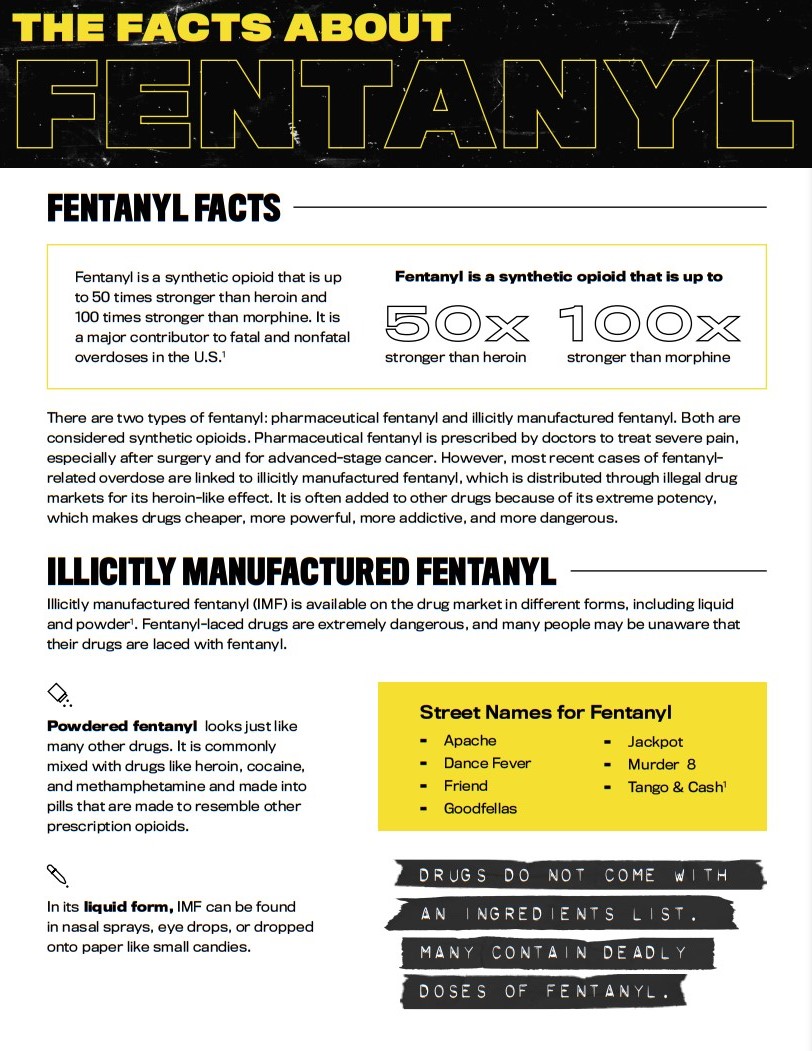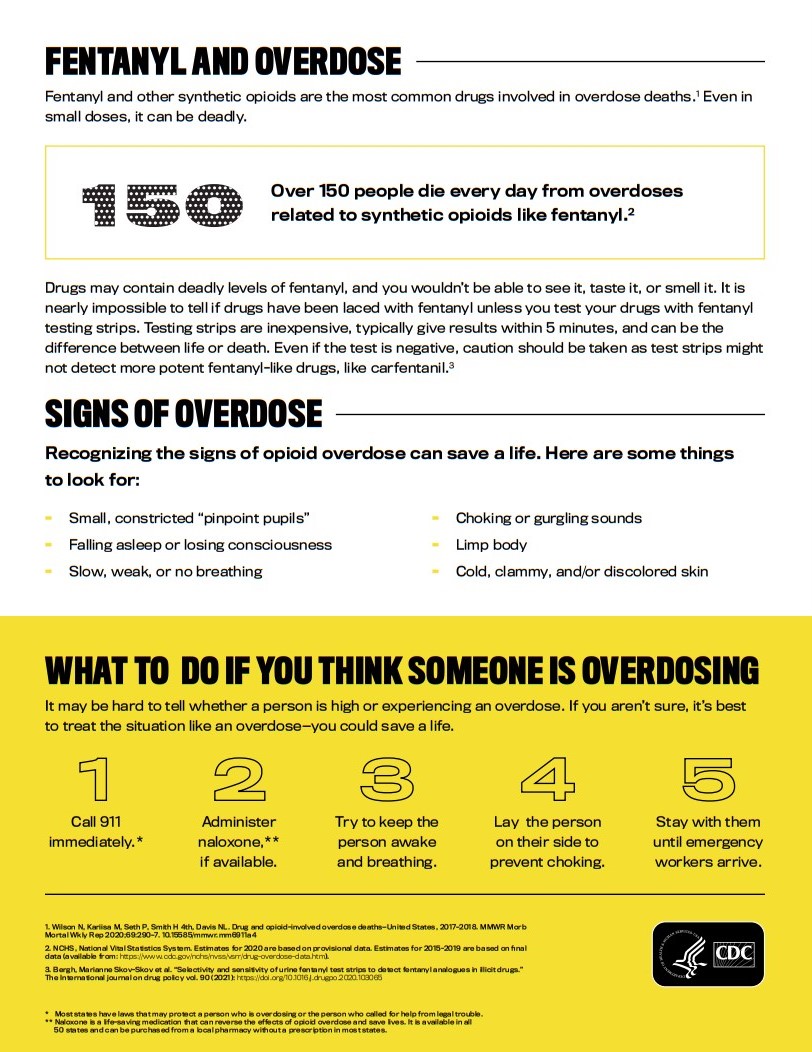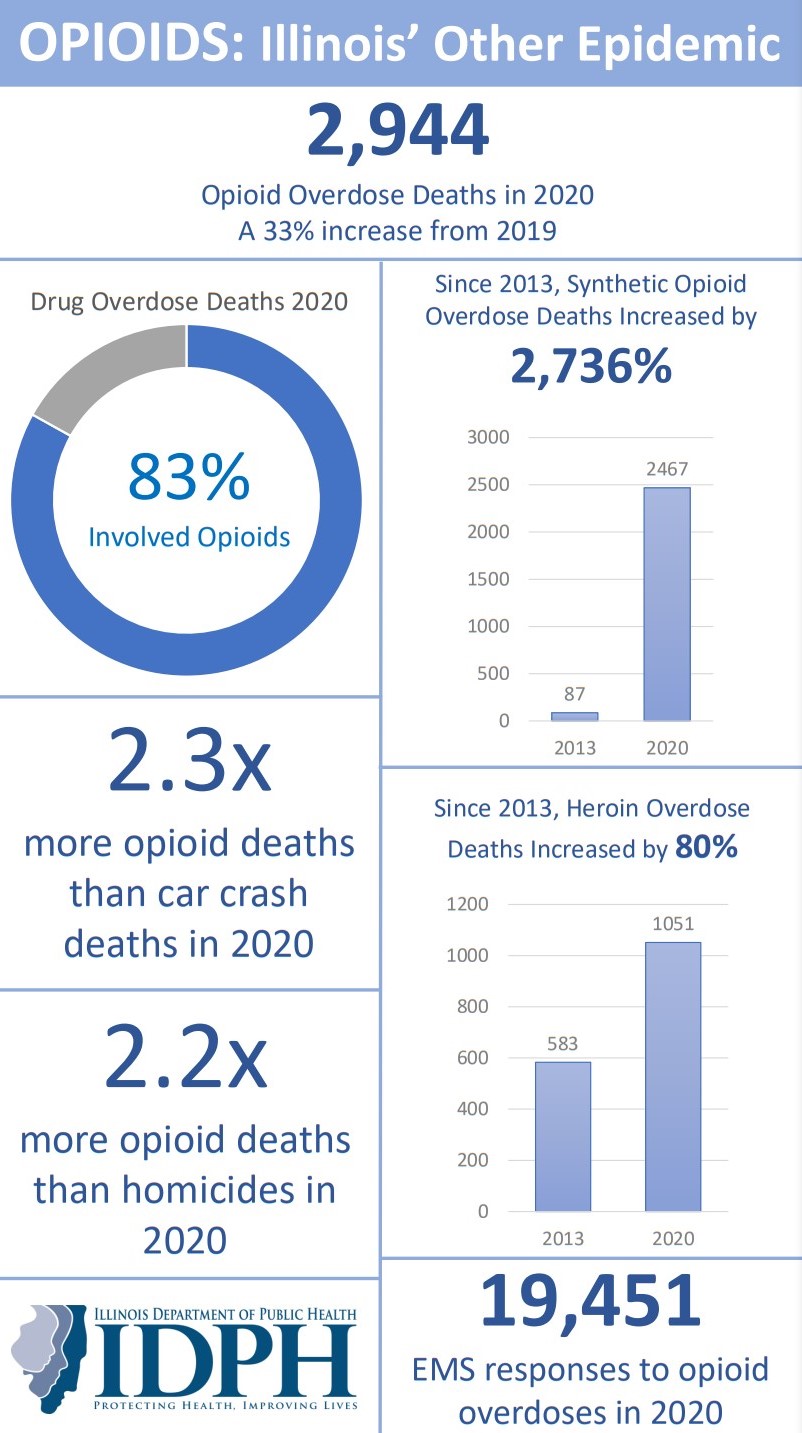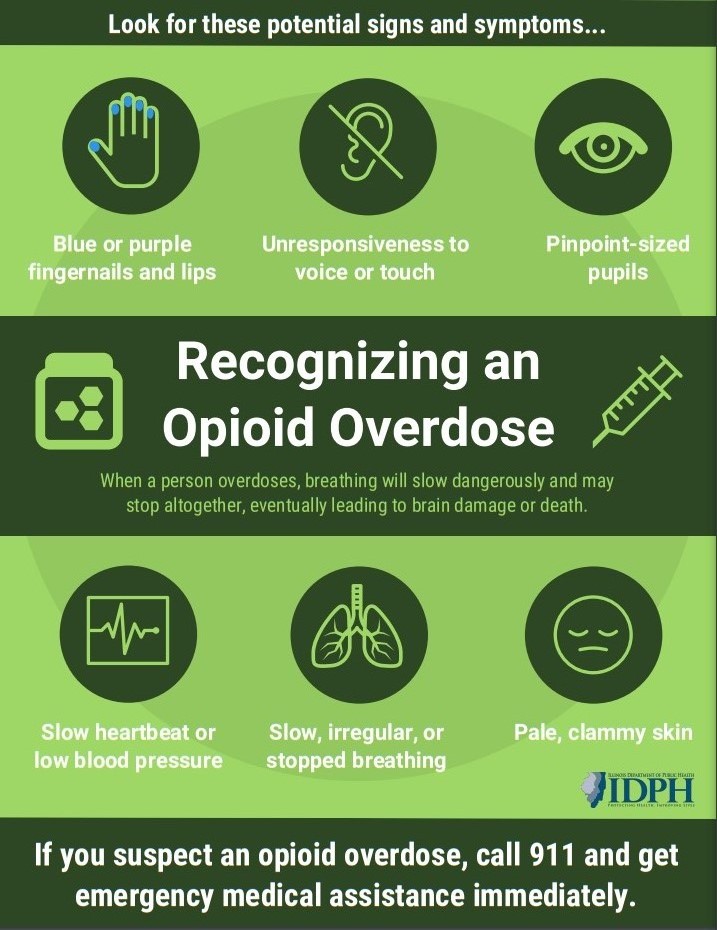Fentanyl Information Page
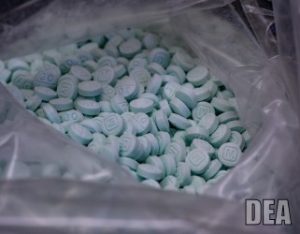
What is Fentanyl?
Fentanyl is a potent synthetic opioid drug approved by the Food and Drug Administration for use as an analgesic (pain relief) and anesthetic. It is approximately 100 times more potent than morphine and 50 times more potent than heroin as an analgesic.

Street Names
Apace, China Girl, China Town, Dance Fever, Friend, Goodfellas, Great Bear, He-Man, Jackpot, King Ivory, Murder 8, Poison and Tango & Cash
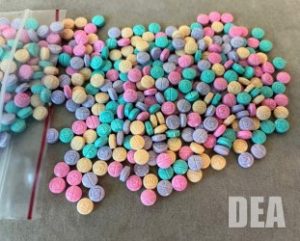
How is it Abused?
Snorted/sniffed, smoked, orally by pill or tablet, spiked onto blotter paper, patches, sold alone or in combination with heroin and other substances, has been identified in fake pills, mimicking pharmaceutical drugs such as oxycodone.

What is the Effect on the Body?
Similar to other opioid analgesics, fentanyl produces effects such as: relaxation, euphoria, pain relief, sedation, confusion, drowsiness, dizziness, nausea and vomiting, urinary retention, pupillary constriction, and respiratory depression.

What are the Overdose Effects?
Overdose may result in stupor, changes in pupillary size, cold and clammy skin, cyanosis, coma, and respiratory failure leading to death. The presence of triad of symptoms such as coma, pinpoint pupils, and respiratory depression are strongly suggestive of opioid poisoning.

What Is Its Origin?
Fentanyl was first developed in 1959 and introduced in the 1960s as an intravenous anesthetic. It is legally manufactured and distributed in the United States. Licit fentanyl pharmaceutical products are diverted via theft, fraudulent prescriptions, and illicit distribution by patients, physicians, nurses, physician assistants, nurse practitioners, and pharmacists.
From 2011 through 2021, both fatal overdoses associated with abuse of clandestinely produced fentanyl and fentanyl analogs, and law enforcement encounters increased markedly.
According to the Centers for Disease Control and Prevention (CDC), overdose deaths involving synthetic opioids, excluding methadone were involved in roughly 2,600 drug overdose deaths each year in 2011 and 2012, but from 2013 through 2021, the number of drug overdose deaths involving synthetic opioids, excluding methadone increased dramatically each year, to more than 68,000 in 2021. The total number of overdose deaths for this category was greater than 258,000 for 2013 through 2021. These overdose deaths involving synthetic opioids is primarily driven by illicitly manufactured fentanyl, including fentanyl analogs.
Consistent with overdose death data, the trafficking, distribution, and abuse of illicitly produced fentanyl and fentanyl analogs positively correlates with the associated dramatic increase in overdose fatalities.
Helpful Links
Helpful Images
